Explore the best places
Monuments in Porto
Torre da Rua de Baixo
- heritage
Rua de Baixo, 8
4050-086, Porto
Five floors’ tower facing two parallel streets, it is an example of the medieval architecture. The typology of the primitive tympanum and the arch side face of one of the first windows, make us believe that the building is from the XIII century. The remaining doors and square windows and, maybe, the last floor, are the result of transformations the building suffered in the modern period. This medieval building is one of the oldest in town.
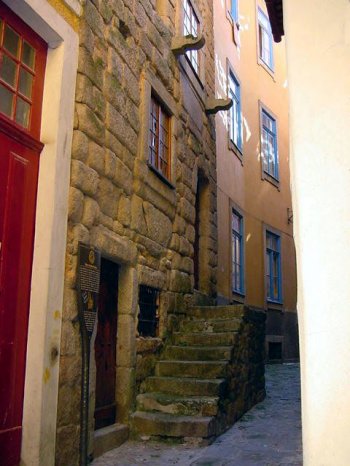
Edifício da Estação de São Bento
- heritage
Praça Almeida Garrett
4000-069, Porto
It was built at the beginning of the 20th century on the site where the Convent of São Bento da Ave-Maria used to be. The building's atrium deserves special mention as it is covered with magnificent tile panels by Jorge Colaço.

Rua 31 de Janeiro
- heritage
Rua 31 de Janeiro
4000-542, Porto
The 31 de Janeiro Street is worth to be made on foot. Although this downtown Street is very declivous, it is a good place to find examples of the iron architecture on the shops and buildings.
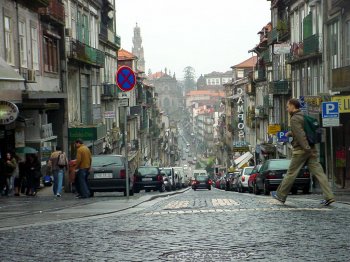
Ponte do Freixo
- heritage
Sobre o Rio Douro
4306, Porto
A Ponte do Freixo é a que se encontra mais a montante do rio Douro, entre as várias que unem o Porto a Vila Nova de Gaia. Este projeto da autoria de António Reis foi construído com o objetivo de minimizar os congestionamentos ao trânsito automóvel vividos nas Pontes da Arrábida e Ponte Luiz l.
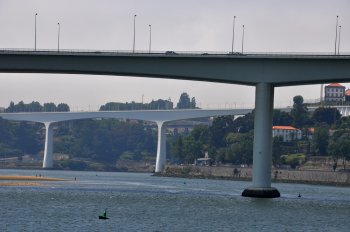
Centro Histórico do Porto
- heritage
Porto
4050, Porto
The Ribeira is most likely the most tourist city of Porto. And there are many reasons that give it that status: the proximity of the River, the views of the bridges and boats Rabelo and the possibility to visit the port wine cellars, on the other side of the Bank, in Vila Nova de Gaia. For all this and for his patrimonial relevance, in December 1996, the historic centre of Porto has been classified by UNESCO as Cultural heritage of humanity.
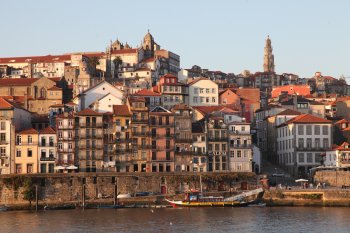
Ponte da Arrábida
- heritage
Sobre o Rio Douro
4150, Porto
Planned by Edgar Cardoso and opened in 1963 (although the Works began in 1957), the Arrábida Bridge was one of the more advanced architectonic works of its time. The 270 metres concrete span was, for some years, a world record on this kind of bridges. The arch spire has 52 meters and the roadway rises to 70 meters height. It is said that, at the opening, many photographers and journalists from abroad came to witness an expected tragedy, because it was common sense that the “large” configuration of the bridge would not stand the weight of the vehicles. Today, it …
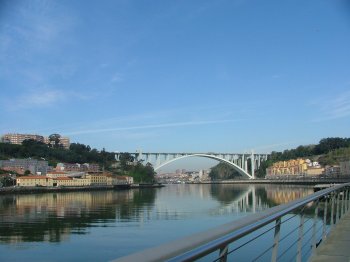
Ponte de Dona Maria Pia
- heritage
Sobre o Rio Douro
4300, Porto
The D. Maria Pia Bridge, built little above the D. Luís I Bridge, allowed the railway connection between the two Douro sides. Its construction, planned by Eiffel, began in January, 1876. It was built with great precaution because its only roadway is hanging at about 61 metres above the river’s water level. In all the construction were used about 1600 tons of iron, which didn’t even scratch its lines’ harmony and elegance. The works were concluded on November, 4th, 1877 and nowadays, although it is closed, we can still admire its beauty and usefulness.
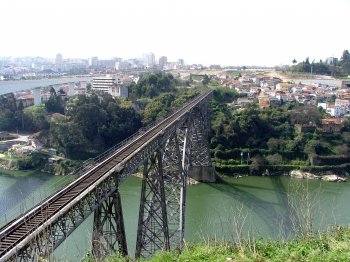
Ponte de Dom Luís
- heritage
Sobre o Rio Douro
4050, Porto
Consisting of two metal decks, which were intended to make the road connection between Vila Nova de Gaia and Porto, this bridge measures 395 meters in length and 8 meters in width, comprising 5.5 meters of carriageway and 1.25 meters meters of walkways. This construction, designed by the engineer Teófilo Seyrig, was one of the largest works in the road plan carried out by the monarch Luís I.
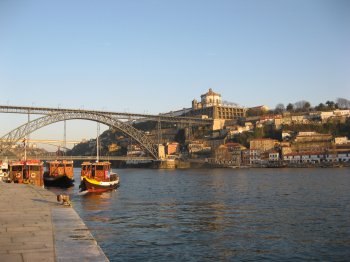
Ponte de São João
- heritage
Sobre o Rio Douro
4300, Porto
This bridge was planned by the engineer Edgar Cardoso, known as one of the biggest civil engineering’s genius. This railway bridge was built between 1984 and 1991. The central span is 250 m length, a world record to railway bridges.
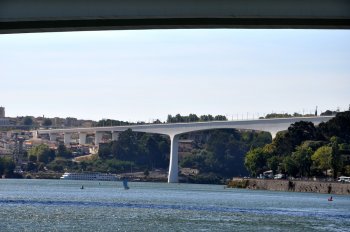
Ponte do Infante
- heritage
Sobre o Rio Douro
4000, Porto
A Ponte do Infante D. Henrique liga o Porto a Vila Nova de Gaia, tendo sido inaugurada em 2003. O projeto é de Adão da Fonseca e Francisco Milanes Mato. Foi batizada em honra do Infante D. Henrique, nascido no Porto.
